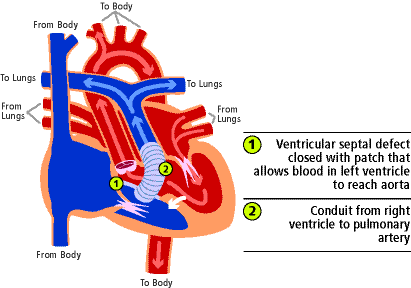
A few weeks ago I organized a blood drive for our Hearts of Hope support group. Since every child who has undergone open-heart surgery has received blood, I thought it was appropriate that we help to replenish the blood supply. We had a center drive, which means that everyone makes appointments at a specific Blood Source location and donates there. I got about ten people signed up to donate and was pleased with the turnout, especially of my non-HOH friends who came out and donated blood to support me!



I encourage everyone to donate if you are eligible and you can even use our donor number, 925, to credit the Hearts of Hope group.
Here are some facts from Blood Source:
The need for blood
The need for blood donation continues to increase. Today, more than one in seven people entering a hospital for care will need blood. Other people receive blood transfusions to fight life-threatening disease.
By the time you reach age 72, you could be one of 95 percent of all Americans who will have been treated with blood or a blood component. Here are just a few examples of those who need blood:
- Accident or burn patients
- Premature infants
- Heart surgery patients
- Organ transplant recipients
- Individuals fighting cancer, leukemia or blood disorders
As the primary regional blood center in Northern and Central California, BloodSource must collect 700 units of blood each day to supply the needs of nearly 40 hospitals in our local area alone.
Helping neighbors in need
On any given day, tens of thousands of units of blood are needed in the U.S. After meeting our local needs, BloodSource also provides blood to hospitals in other parts of the U.S. that cannot go it alone. This is done through a national network of blood centers whenever there are shortages elsewhere. For example, BloodSource provided blood components to New Orleans for months after Hurricane Katrina and, more recently, to Southern California in response to a train collision.
Quick facts:
- Three teaspoons of blood can save a baby's life
- One donation has the potential to save as many as three lives
- If 50 people donate, they could provide enough blood to take care of victims of a major car accident
- If 20 people donate, they could help one burn victim
- Whole blood donors can give every eight weeks
- Today, fewer than four of every ten people in the U.S. are eligible to give blood. Fewer than one in ten actually donate
- Approximately one out of every seven people entering the hospital needs blood
- Plasma donors can give as often as every three days
- Blood lasts only 42 days
- Platelets last only five days
- Approximately 40,000 pints of blood are used each day in the United States.



1 comment:
Blood donation is a cause I am so supportive of. My grandma had open-heart surgery just before my 17th birthday, and I remember her telling me so clearly, "Every time I woke up it felt like they were hanging another bag of blood for me." When a blood drive was held at my school just a few months later, I felt so compelled to donate -- but I wasn't old enough. I was still 16, and then you had to be 17 to donate (I think it's 16 now with consent). So imagine how excited I was when I found out that the last day of the blood drive was my 17th birthday. I signed up right away and have very rarely been as proud of myself as I was on that day. Every time I speak out to others about blood donation, I tell this story and I cry. Even now, just typing it, I'm crying. Someone -- many someones, in fact -- saved my grandma's life, and Drew's, and thousands and thousands of other people who are loved. Thank you for posting this on your blog and sharing it and for organizing the drive in the first place!!! What an incredible, truly heroic thing to do. :)
Post a Comment